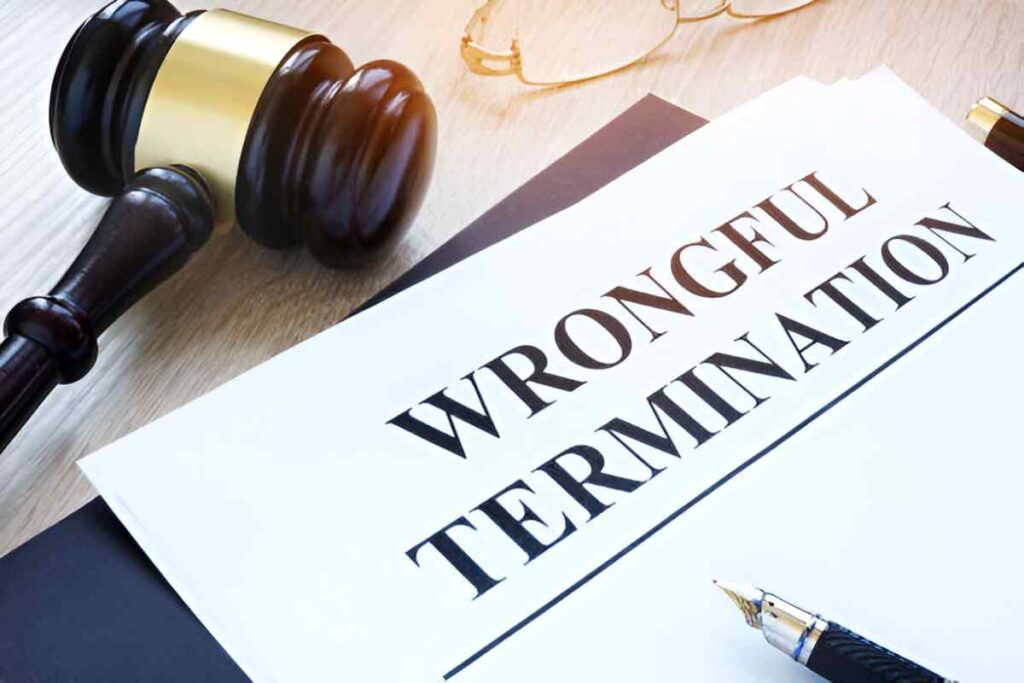Navigating the world of real estate investments can often be daunting, particularly when you come across legal structures like Single Property Ownership Trusts (SPOTs). For many, the idea of setting up a trust to manage real estate may seem like a complicated process reserved for wealthy individuals or complex estates. However, understanding the basics of a Single Property Ownership Trust can be immensely valuable for anyone interested in real estate, whether you’re a first-time investor or someone with a growing property portfolio. In this guide, I will break down the concept of SPOTs, the benefits they offer, and how you can leverage them to manage your property investments efficiently.
Table of Contents
What is a Single Property Ownership Trust?
A Single Property Ownership Trust is a legal structure where a trust is created to hold title to a single piece of property. This trust is typically established for a specific purpose—often to shield the property owner from liability, streamline property management, or provide tax advantages. In simpler terms, it’s a legal entity that holds the ownership rights of a property, with the trustee managing the property on behalf of the beneficiaries.
Unlike other types of trusts, which may hold multiple assets, a Single Property Ownership Trust is limited to a single piece of property. This can include residential real estate, commercial properties, or even vacant land. By placing a property in a trust, the owner transfers legal ownership to the trust, while retaining certain rights as the beneficiary. The trustee manages the property, and any profits or benefits from the property are distributed to the beneficiaries, usually in accordance with the terms set out in the trust agreement.
How Does a Single Property Ownership Trust Work?
At the core of a Single Property Ownership Trust is the idea of separating ownership and control. Here’s how it works in simple terms:
- Establishing the Trust: A trust agreement is created, naming the trust, its beneficiaries, and the trustee. The trust document outlines the responsibilities of the trustee, how the property is to be managed, and how any income from the property is to be distributed.
- Transferring the Property: The property owner transfers the title of the property to the trust. This is a legal transfer of ownership, and the trust becomes the legal owner of the property, while the original owner (now the beneficiary) retains certain rights, such as receiving income generated from the property.
- Managing the Property: The trustee manages the property according to the terms outlined in the trust agreement. This may include renting the property, maintaining it, or even selling it. The trustee is legally obligated to act in the best interests of the beneficiaries.
- Benefiting from the Property: Any income generated by the property, such as rental income or proceeds from a sale, is distributed to the beneficiaries according to the terms of the trust. This may be done periodically or upon the occurrence of a specific event, such as the sale of the property.
Key Benefits of a Single Property Ownership Trust
While there are many ways to hold property, a Single Property Ownership Trust offers several advantages over direct ownership. Here are some key benefits:
1. Liability Protection
One of the most significant advantages of using a trust is the protection it offers from personal liability. When you place your property into a trust, you legally separate your personal assets from the property. This means that if there’s a lawsuit or claim related to the property, the trust (and not you personally) is liable. For example, if someone is injured on your property, the claim will typically be made against the trust, not your personal assets.
2. Estate Planning and Avoiding Probate
Another critical benefit of a Single Property Ownership Trust is that it can help avoid probate. Probate is the legal process that occurs after someone passes away, where their assets are distributed according to their will. By placing property in a trust, you can ensure that the property passes directly to the beneficiaries without the need for probate. This can save time, reduce costs, and maintain privacy.
3. Tax Advantages
A Single Property Ownership Trust can offer some tax advantages. For example, if the property generates rental income, the trust may be able to deduct certain expenses, such as property management fees, maintenance costs, and mortgage interest. Additionally, depending on the type of trust and its structure, it may help reduce estate taxes and protect against capital gains taxes on the eventual sale of the property.
4. Privacy
Unlike a standard property deed, which is recorded publicly, the ownership of a property held in a trust is generally not made public. This provides an added layer of privacy, particularly in terms of asset ownership. If privacy is a priority for you, placing your property in a trust can help keep your property ownership discreet.
5. Easier Property Management
A Single Property Ownership Trust simplifies property management. The trustee is responsible for managing the property, whether that involves overseeing maintenance, collecting rent, or making decisions about property improvements. This can be particularly helpful if you’re an absentee owner or simply don’t want to manage the day-to-day operations of the property yourself.
Setting Up a Single Property Ownership Trust
Setting up a Single Property Ownership Trust involves several key steps. Here’s an overview of the process:
1. Consult with an Attorney
While you can technically set up a trust without legal assistance, it is always advisable to work with an attorney who specializes in estate planning or real estate law. They can help you draft the trust agreement, ensure that it complies with local laws, and guide you through the transfer process.
2. Choose a Trustee
The trustee is responsible for managing the property and ensuring the terms of the trust are followed. The trustee can be an individual (such as a family member or friend) or an institution (such as a bank or trust company). It’s crucial to choose someone trustworthy, as they will be managing your property and its income.
3. Transfer Ownership of the Property
To transfer the property into the trust, you must legally change the title of the property to the name of the trust. This process involves filing the appropriate paperwork with the local county recorder’s office. Once the transfer is complete, the trust becomes the official owner of the property.
4. Specify the Beneficiaries
The trust agreement should clearly outline who the beneficiaries are and how they will benefit from the property. This can include receiving income from the property or inheriting the property upon your passing. The terms of distribution should be clearly defined to avoid any confusion or disputes down the line.
5. Fund the Trust
In addition to the property itself, you may want to fund the trust with additional assets, such as cash or other property. This is optional but can provide added protection and flexibility for the trust’s beneficiaries.
Example Calculation: Income Distribution from a Property in a Trust
Let’s consider an example where a Single Property Ownership Trust holds a rental property. The property generates $3,000 per month in rental income. The trust agreement specifies that 60% of the income will be distributed to the primary beneficiary, and the remaining 40% will be used for property maintenance and management fees.
Here’s how the income distribution would work:
- Monthly rental income: $3,000
- 60% for the beneficiary: $3,000 × 0.60 = $1,800
- 40% for maintenance/fees: $3,000 × 0.40 = $1,200
Each month, the primary beneficiary receives $1,800 in rental income, while $1,200 is set aside for property-related expenses.
Conclusion
A Single Property Ownership Trust can be a powerful tool for managing real estate investments, protecting assets, and ensuring efficient property management. By separating ownership from personal assets, offering liability protection, and providing a streamlined mechanism for managing property, trusts can provide significant advantages for property owners.





